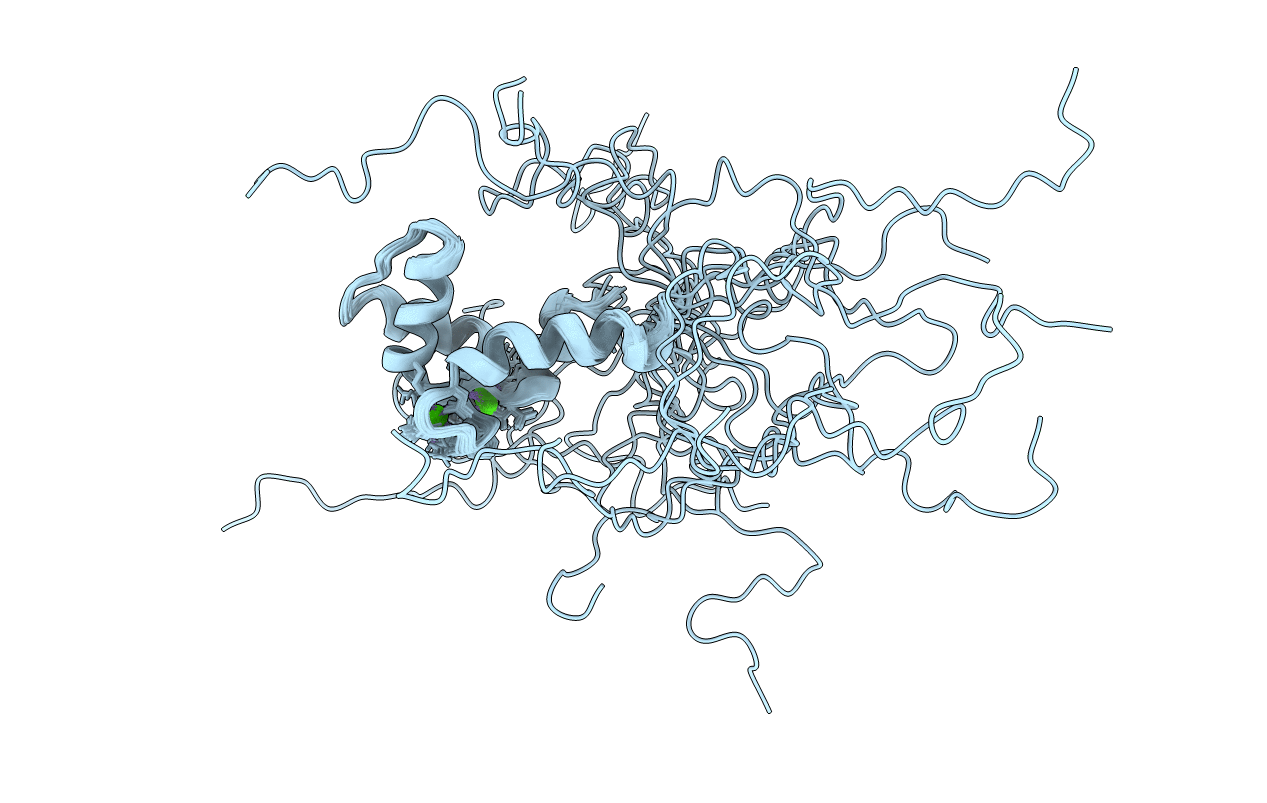
Deposition Date
2012-06-29
Release Date
2012-09-26
Last Version Date
2024-05-15
Entry Detail
PDB ID:
2LV7
Keywords:
Title:
Solution structure of Ca2+-bound CaBP7 N-terminal doman
Biological Source:
Source Organism:
Homo sapiens (Taxon ID: 9606)
Host Organism:
Method Details:
Experimental Method:
Conformers Calculated:
200
Conformers Submitted:
20
Selection Criteria:
structures with the lowest energy


